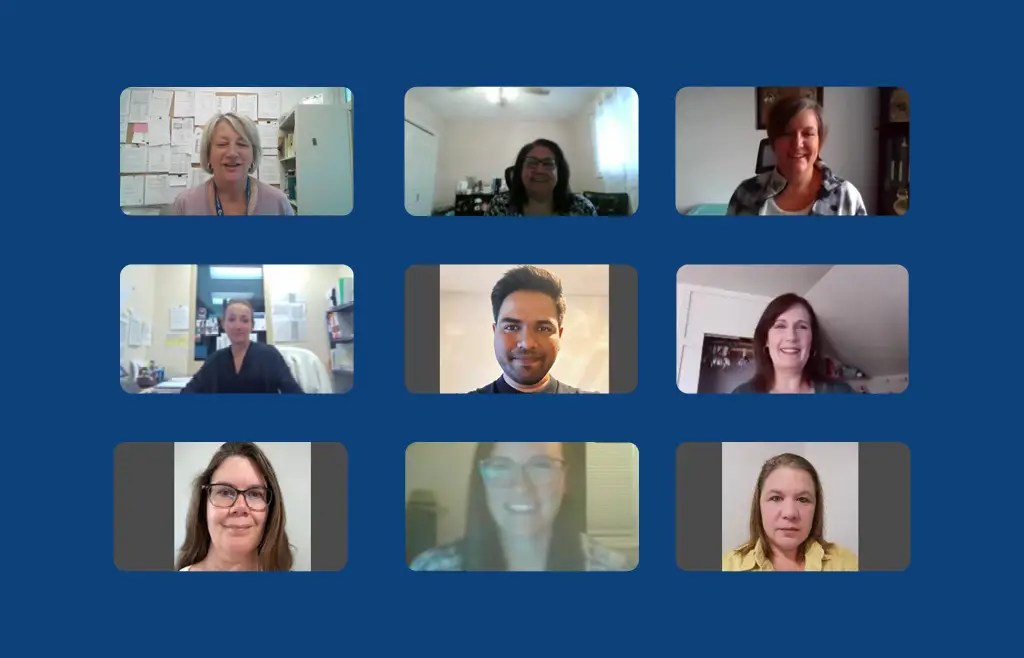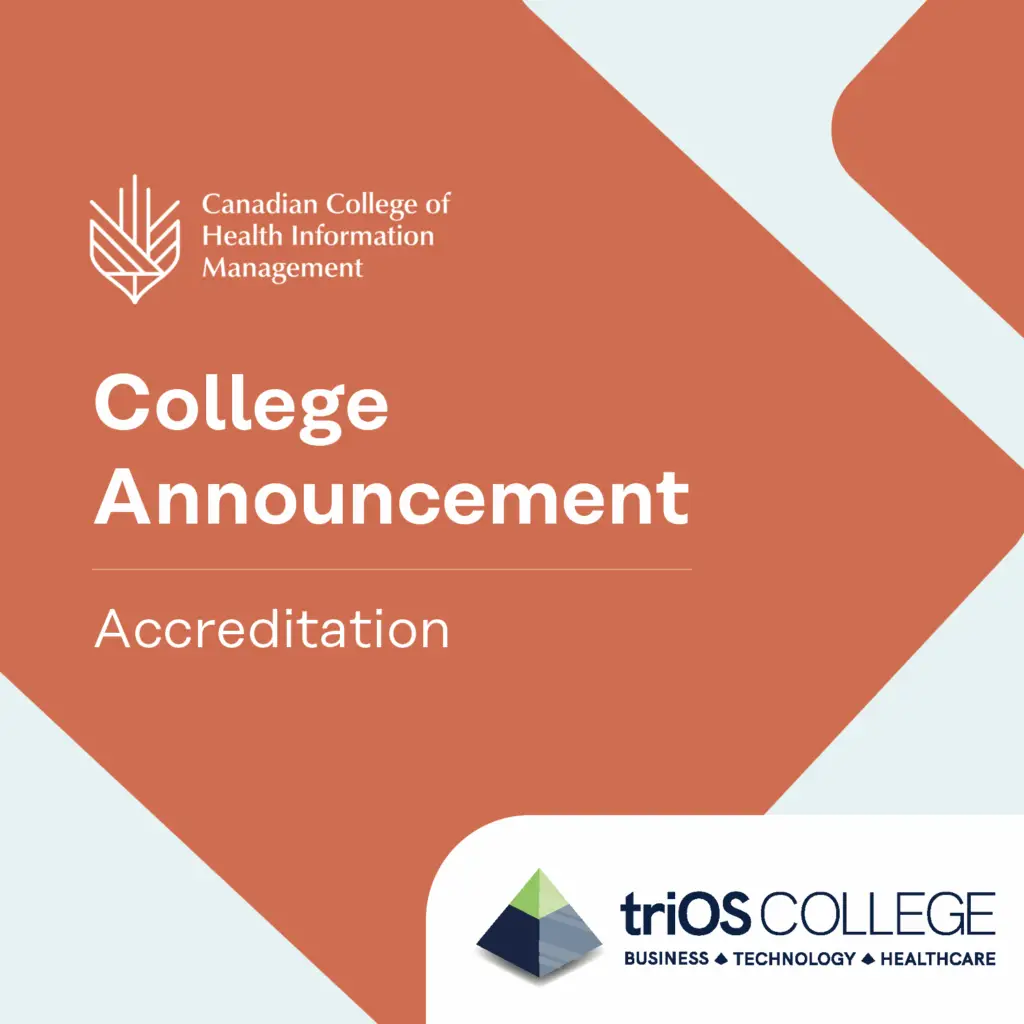By Debbie Sacco and James Chan (Sault Area Hospital) and 3terra
Health systems across the world are increasingly incorporating digital health technologies into Health Information Management (HIM).
At the Sault Area Hospital in Sault Ste. Marie, Ontario, Director of Innovation James Chan and Manager of Health Information Debbie Sacco have recently implemented the Data Quality Assist (DQA) software platform from 3terra to help ensure the accuracy of coded abstract data that is submitted to the Canadian Institute of Health Information and the Ministry of Health and Long-term Care (MOHLTC).
Why is accurate coded data important?
Abstract data quality affects several key areas of our hospital:
- Coded data drives analytics and quality improvement (QI) initiatives. Without accurate measures of metrics such as ALC days and expected lengths of stay, it’s difficult to be confident in analyzing patterns and trends that drive our QI initiatives. It also helps reduce false alarms (e.g., high hospital standardized mortality rates) that can occur from inaccurate data.
- It affects hospital funding. There are provincial methodologies in place to price and allocate volumes for certain procedures (called Quality-Based Procedures, or QBPs) based on historical coded data. It’s possible to make minor mistakes that affect various qualification criteria for these formulas.
- There are many other downstream uses of this data, both at the hospital level (e.g., research) and provincial level. For example, this data is used by the MOHLTC for system-wide analysis and planning, beyond determining funding allocations.
The efficiency of the overall data quality review process is also very important because it already takes significant effort to code and review cases. Using this new software helps save valuable time for our coders who are responsible for proactive and retrospective data quality checks.
Why is it so hard to maintain great data quality?
There are many factors that affect data quality. As background, 3terra has compiled information from over 70 hospital sites over the past few years. According to their analysis, common themes exist across almost all hospitals:
- The data required by coders is not readily available in one place, such as our EMR (Meditech Expanse). There’s important data from several systems across the hospital that have to be cross-referenced, which is a laborious process.
- There can be inconsistent data entry in the EMR at the time of entry by the many care providers across the hospital.
- Because of their workload, along with coder shortages across the province, coders only have so much time to thoroughly review a case before moving on to the next one in order to meet submission deadlines.
- With all of the documentation that needs to be reviewed, it’s impossible to completely avoid human error. Even if the coding quality is 98% correct, the remaining 2% does make a difference.
- There have been many EMR implementation/upgrade initiatives that affect data feeds and baseline data quality.
- There are various federal and provincial methodologies that need to be considered when coding, and some are very complex. There are also ambiguities in some of these standards. A case that should qualify as a volume funding procedure may not because of a minor, often misunderstood, idiosyncrasy in the provincial methodology.
“With inpatient coding there is so much information to remember and so many rules on how you are supposed to code certain situations. No chart is alike, and what works or fits for one chart may not fit or work with another. I find 3terra is an awesome tool to help keep us on track with how we are coding. Whether it’s keeping our QBP’s straight or bringing us back to a coding rule from our standards that we may have forgotten about. It gives me peace of mind and reassurance about my coding and gives me opportunities to learn or refresh on something I am not coding correctly.”
Coder at Sault Area Hospital
How does the new 3terra software help?
The software only works in coordination with a strong team and process because the solution to these problems requires a multi-faceted response.
The 3terra software uses Artificial Intelligence to examine data collected from various hospital systems and detect potential data quality errors, using rules developed in conjunction with dozens of hospitals across the province. It presents these potential errors to coders in priority, based on the probability of error and impact (e.g., if data entered might result in QBP qualification for funding). It is also configurable to allow a focus on issues of internal importance, such as ALC discrepancies, service transfers, and ensuring we accurately record ICU days.
This has let our coding team create a review process where the top issues are investigated and resolved with the confidence that they are addressing the most important cases to review. Of equal importance, it gives them a sense of when to stop and move on without being concerned about missing something important.
“In my use of 3terra it has identified for the majority missing or incorrect DI being captured. So this helps to get this correctly captured and points out where I need to be more careful and pay better attention.”
Coder at Sault Area Hospital
What’s next?
This new system includes many undeployed features that will be rolled out as our team becomes more comfortable with the platform and process. This includes proactive tools (such as Natural Language Processing on clinical text) to help with efficiency and initial data quality. We will also have new analytical tools to help our Decision Support team.
As we continue to refine our processes, we will also be using this software as an education tool to speak with physicians, share best practices, and highlight common mistakes. Over time, this will improve our baseline documentation and data quality which will help reduce future coding efforts.
The 3terra software will also help us adapt to policy changes as they occur. As we move out of COVID, the MOHLTC seems to be moving towards integrating quality of care into new funding models. Ensuring that we adapt our processes to focus on new hospital priorities will be key. By using software specifically designed to address provincial policies (with the help of over 50 hospitals), we have a great accelerator to quickly adapt to change while minimizing the impact on our often overworked teams.
Sault Area Hospital Health Information Management Professionals




